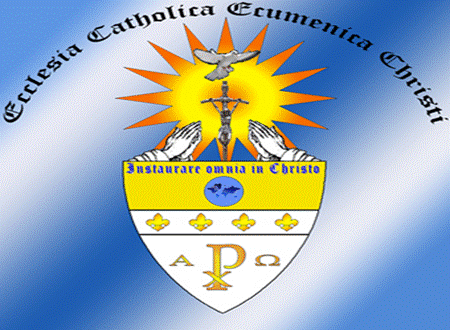The sixteenth century is also characterized as the period of the great religious conflicts that lead to the disintegration of Christian unity in Europe. During the pontificate of Leo X de 'Medici (1513-1521) becomes evident the need to renew the Church spiritually and morally. In 1517 Martin Luther, an Augustinian theologian, put up at the portal of the Church of All Saints in Wittenberg his ninety five theses saying that salvation comes to man not because of works but by grace of God and the Holly Scripture must be interpreted freely by each individual. According to Protestants, in most cases the use of representations by the church was useless. For them the sacred images led them to look for the image itself instead of the God's word. This could direct Christians to practice idolatry and superstition. The Protestants were not only against the use of religious representations (frescoes, altarpieces, sculptures) or preventing its creation, but they also started destroying existing ones. Zwingli and Calvin were intransigent to any images and tinsel of the Church. The term "iconoclasm" breaking images" is one of important conflicts against the art of that time.Catholic Church responded to all these by the Council of Trent by antireform. The decision of the Council was very important for the Catholic Church and for centuries it became a guide which conducted the clergy. They establish very sever and rigid rules for artist. They had to adhere to compliance of Church iconology. This was the price that the Church had to pay to defend the value of its art against the risk of idolatry and superstitions.
Moreover the Council of Trent, concerned with theological issues of religious images confirmed the decision of the Second Council of Nice 325 AD, which agreed to the preservation and worship of representations of Christ and Virgin and other saints. The Council of Trent introduced also a new teaching and emphasized the value of sacred art. They stressed that images can be used as a complementary visual record of Scriptures but there must be no mistakes, and the artist should avoid secular or immoral subjects. The religious and sacred art should be universally understandable and refrain from any bizarre. As we can see the protestant reform influenced the north of Europe and became a sort of obstacle of improving the religious and sacred art in their protestant territory. However, the reform and protestant opposition to Christian art led the Catholic Church to great advances in sacred art. The anti reform decision was to convert the hearts of Christians by sacred images as opposed to the Protestant Reform which wanted to rule the minds by Scripture.
Moreover the Council of Trent, concerned with theological issues of religious images confirmed the decision of the Second Council of Nice 325 AD, which agreed to the preservation and worship of representations of Christ and Virgin and other saints. The Council of Trent introduced also a new teaching and emphasized the value of sacred art. They stressed that images can be used as a complementary visual record of Scriptures but there must be no mistakes, and the artist should avoid secular or immoral subjects. The religious and sacred art should be universally understandable and refrain from any bizarre. As we can see the protestant reform influenced the north of Europe and became a sort of obstacle of improving the religious and sacred art in their protestant territory. However, the reform and protestant opposition to Christian art led the Catholic Church to great advances in sacred art. The anti reform decision was to convert the hearts of Christians by sacred images as opposed to the Protestant Reform which wanted to rule the minds by Scripture.


No comments:
Post a Comment